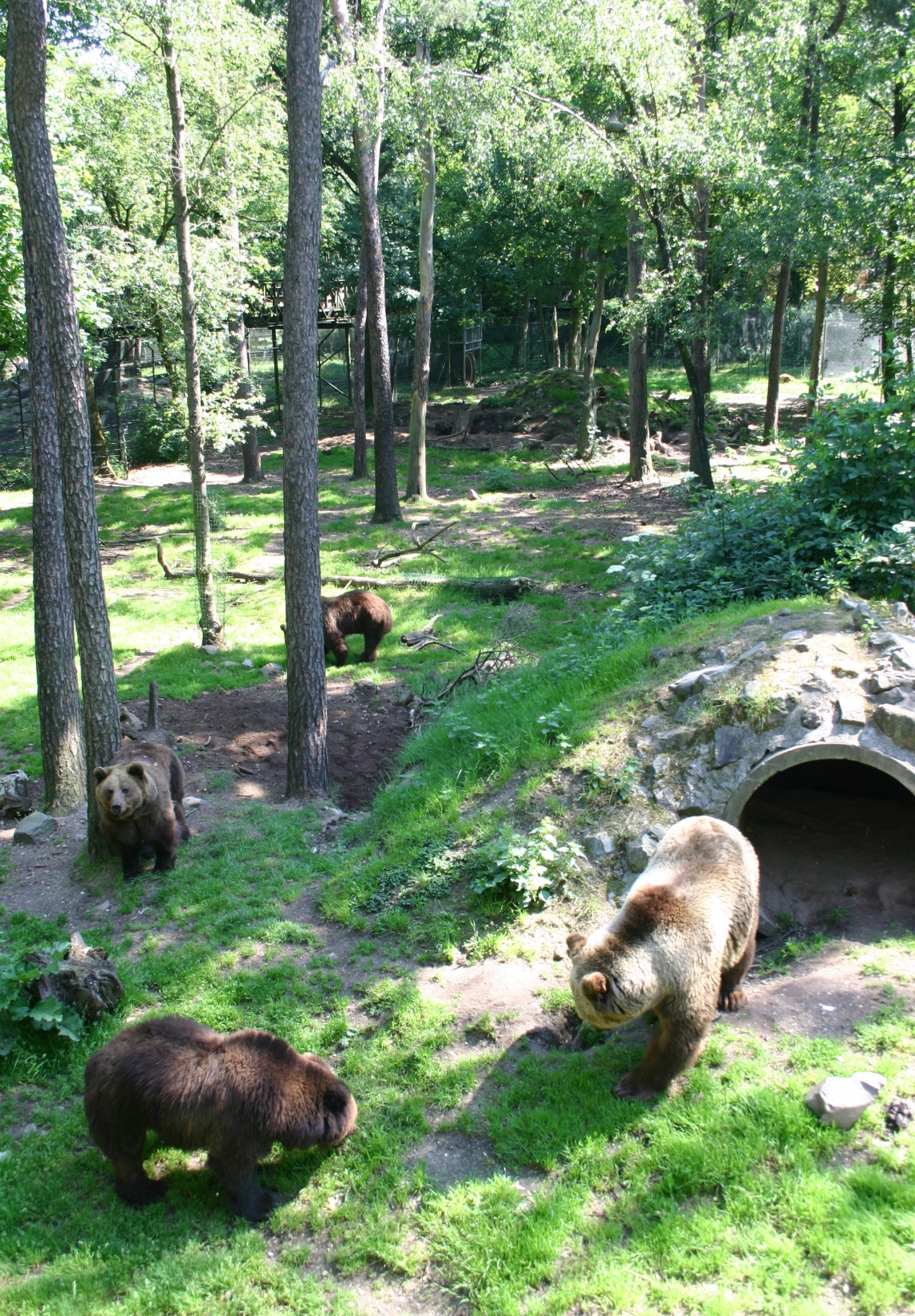
Brown bear_U arctos_large natural exhibit Ouwehand zoo Rhenen Netherlands_©BEARSinMIND
Bears have been kept in captivity for time immemorial. Originally, they were simply a source of entertainment: as pets, dancing bears, road shows, circuses, and zoos. It is possible that assorted captive bears transported by people across the Mediterranean gave rise to one genetic clade of wild brown bears that once lived (but has since perished) in northern Africa (Morocco, Algeria, Tunisia). Today, excluding the bile farms of China, most captive bears are either in recognized zoos or rescue centers (sanctuaries). Rescue centers are primarily facilities created to provide better living conditions for animals taken from illegal trade, pets, or substandard facilities. In some cases, these centers use the plight of their animals to highlight conservation issues in the wild.
In accredited zoos, bear populations are carefully managed, and there is an increasing effort towards using the animals not just for public display, but to aid in conservation, largely through educational materials directed at visitors, as well as funding programs for bears in the wild. Some zoos and rescue centers also sometimes use their animals for non-invasive research that may help to inform field conservation.
Note: All photos on these pages are from captive facilities. To download a photo for personal or educational use: left-click on photo so photo enlarges, then click on down-arrow in upper right corner. This will preserve the filename, including photo credit.
Populations in zoos: Over 3,300 bears (7 species, not including polar bears) are officially registered in zoos around the world (as of 2018). The figure derives from regional and international studbooks, the Indian zoo inventory run by the Central Zoo Authority (CZA), ex-situ management plans, the 2018 inventory of the Eurasian regional association of zoos and aquaria (EARAZA) overseeing zoos in CIS states (Commonwealth of Independent States) and the Zoological Information Management System/Species 360 (ZIMS species 360). Thus, the total includes information mostly from facilities of recognized national and regional zoo associations. The real captive population is likely much higher, as only a small fraction of Asian and Latin American zoos participates in ZIMS. Further, among Chinese zoos, we only have data on giant pandas.
Given these caveats, the zoo bears are distributed as follows:
· 1090 Brown bears: 75% European, 15% North American, 8% in Asian zoos. The rest are registered in Latin American and African institutions.
· 390 American black bears: 65% North American, 5% Latin American, 28% European zoos. Only five individuals are registered in Asian and African zoos.
· 440 Asiatic black bears: 65% Asian, 29% European, 6% North American zoos. Total number is completely underestimated, because only few Asian zoos contribute data to ZIMS. Official figures also do not include the >10,000 bears in the Chinese bear bile farming industry.
· 310 Sloth bears: 78% Indian zoos, 5% other Asian countries, 11% North American, 8% European zoos.
· 350 Sun bears: 80% Asian, 11% European, 6% North American, 2% Australian zoos.
· 500 Giant pandas: All owned and managed by the Chinese government in zoos and breeding centers. Less than 50 are on loan to zoos outside of China. One pair is kept in Australia; the others are almost equally distributed over Europe, North America, and Asian countries.
· 250 Andean bears: 56% Latin American, 25% European, 16% North American, 3% Asian zoos.
In Europe, North America, and Asia, all terrestrial species are represented in zoological institutions with a strong bias towards native species. This is due to the contribution of wild-born bears to the captive population as orphans (from hunting, poaching), rescued individuals that are not releasable due to physical or behavioral reasons, and individuals confiscated from substandard facilities that obtain animals largely from the wild.
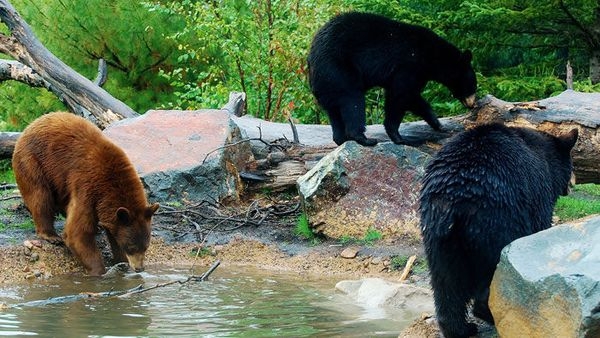
American black bear_U americanus_Minnesota Zoological Gardens USA_T Ness
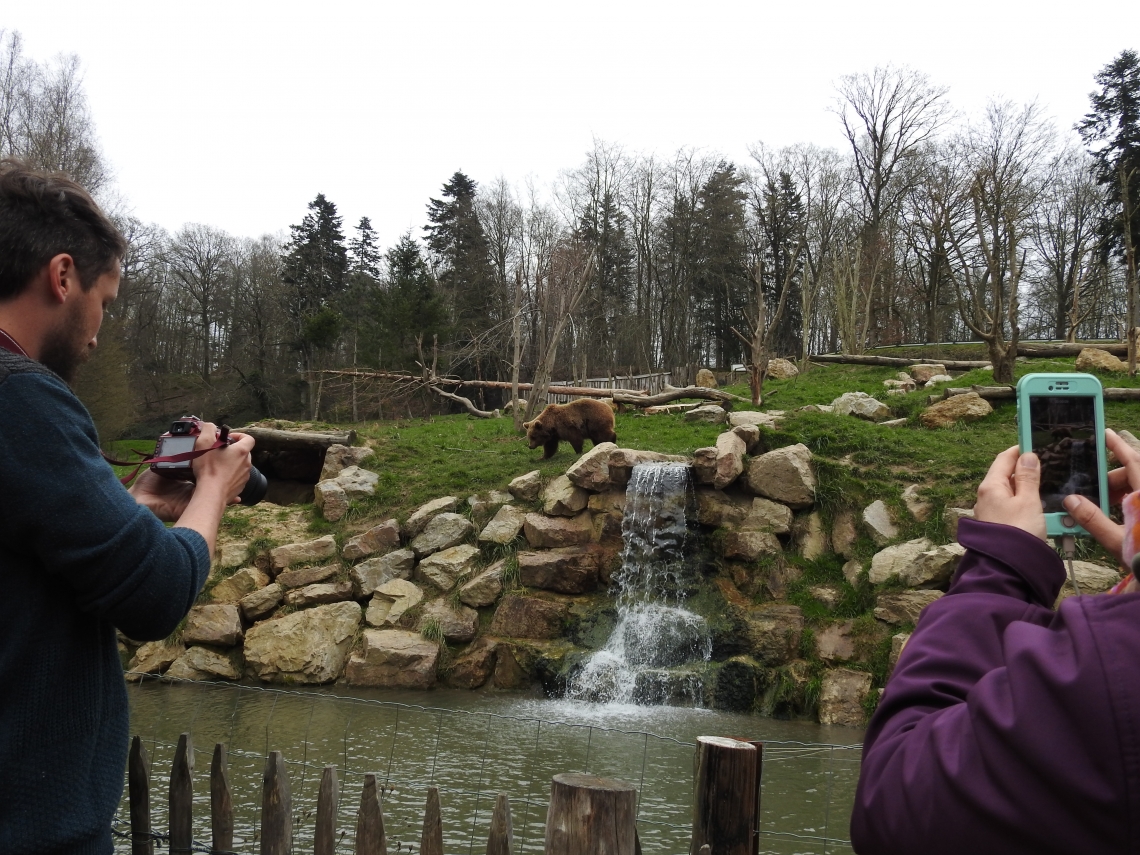
Brown bear_U arctos_Lisieux zoo France_L Kolter

Asiatic black bear_U thibetanus_Nehru Zoological Park Hyderabad India_B K Gupta

Sloth bear_M ursinus_Zlin Lesna zoo Czech Republic_Z Petró

Sun bear_H malayanus_Burger_s zoo Arnhem Netherlands_mixed exhibit with binturongs_L Kolter
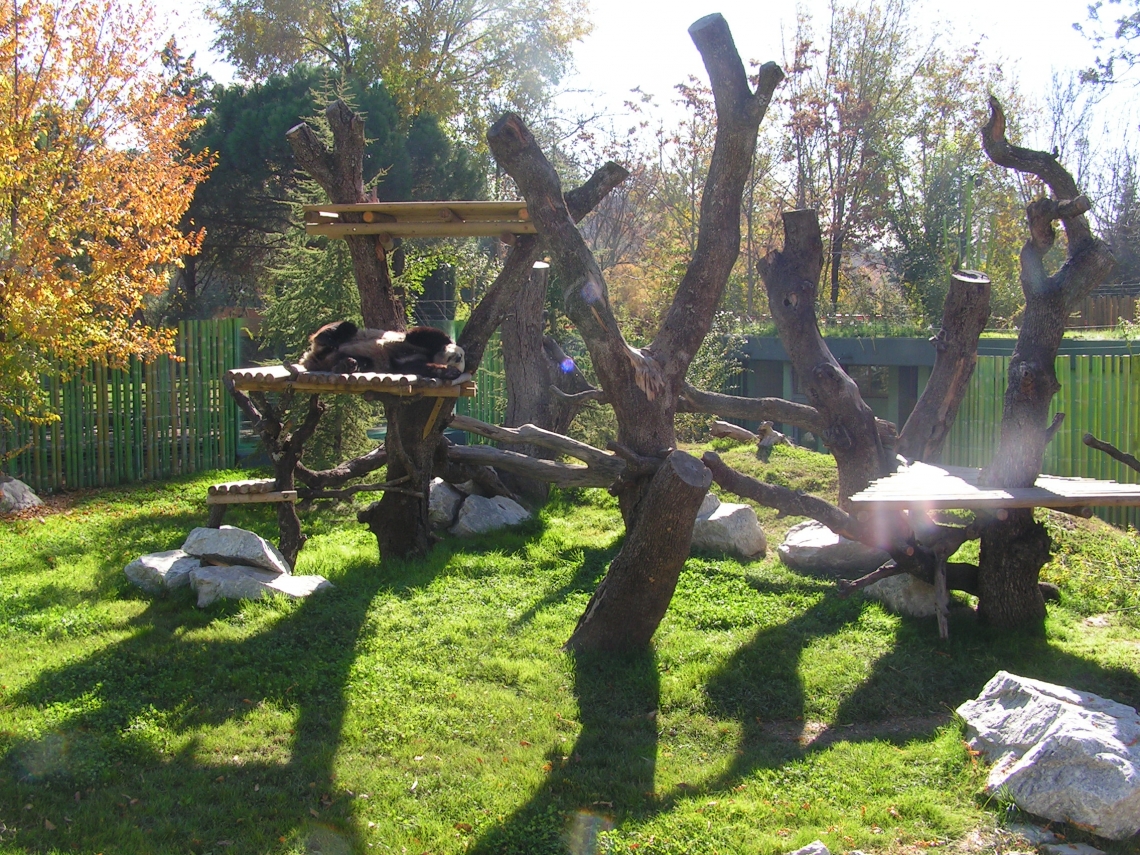
Giant panda_A melanoleuca_Madrid zoo Spain_L Kolter
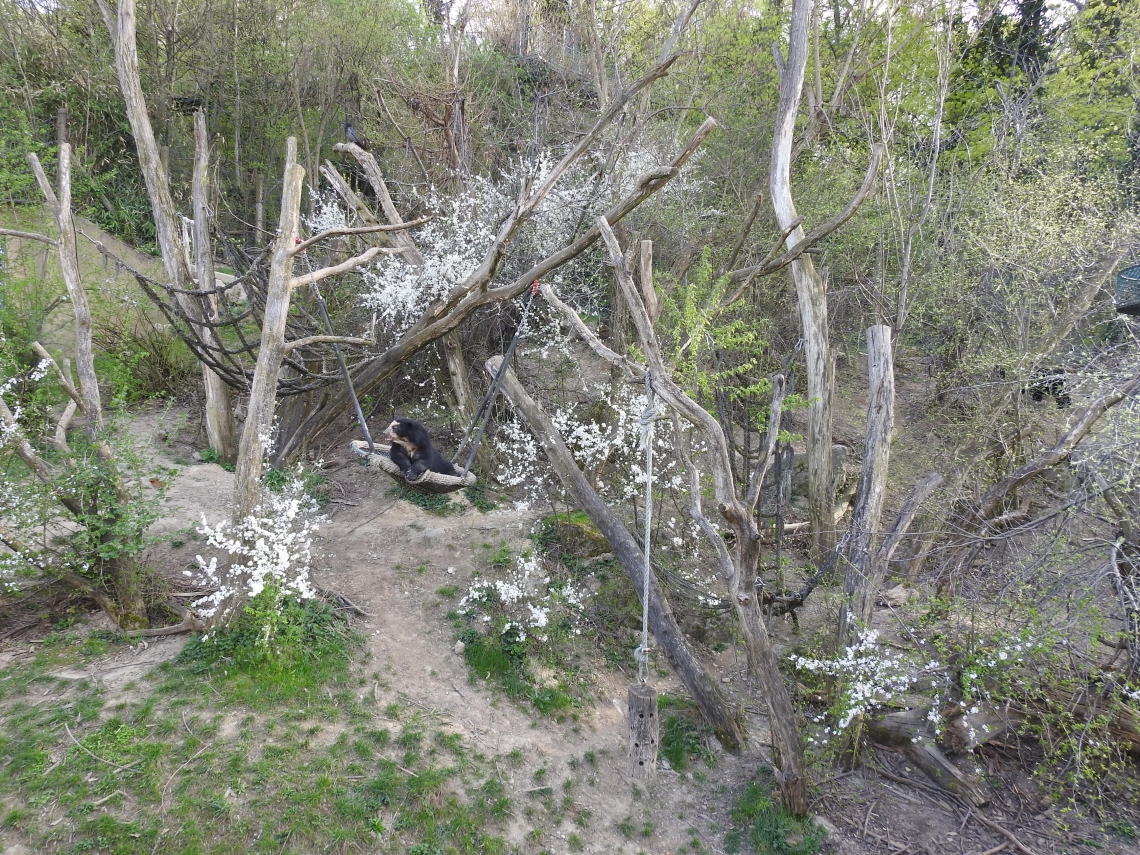
Andean bear_T ornatus_Schoenbrunn zoo Vienna Austria_L Kolter
Populations in rescue centers: Over 1,300 bears are living permanently in rescue centers or sanctuaries. Rescue centers differ from zoos in that their objective is to provide life-long care for non-releasable animals that had been held in undesirable or illegal circumstances. Most rescue centers are located in range countries. 38% of the rescued population is Asiatic black bears (mainly from bile farms), 20% sun bears (confiscated pets), 15% sloth bears (previously dancing bears), 26% brown bears (in Europe confiscated from private holders, restaurants and substandard zoos; in North America, mainly from human–bear conflict situations). Andean bears make up less than 1% of bears in sanctuaries. Giant pandas rescued from the wild are mixed into the captive breeding population.
Bears in rescue centers do not reproduce. Many rescue centers have a problem with space as their population keeps increasing as more and more bears are added from the illegal pet trade and removal from other small captive facilities.
Click here for a list of bear sanctuaries worldwide
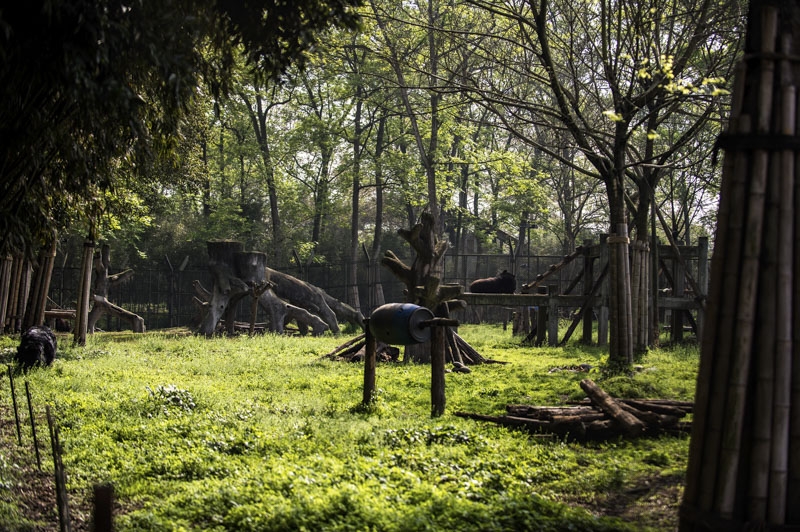
Asiatic black bear_U thibetanus_Animals Asia facility China_Animals Asia
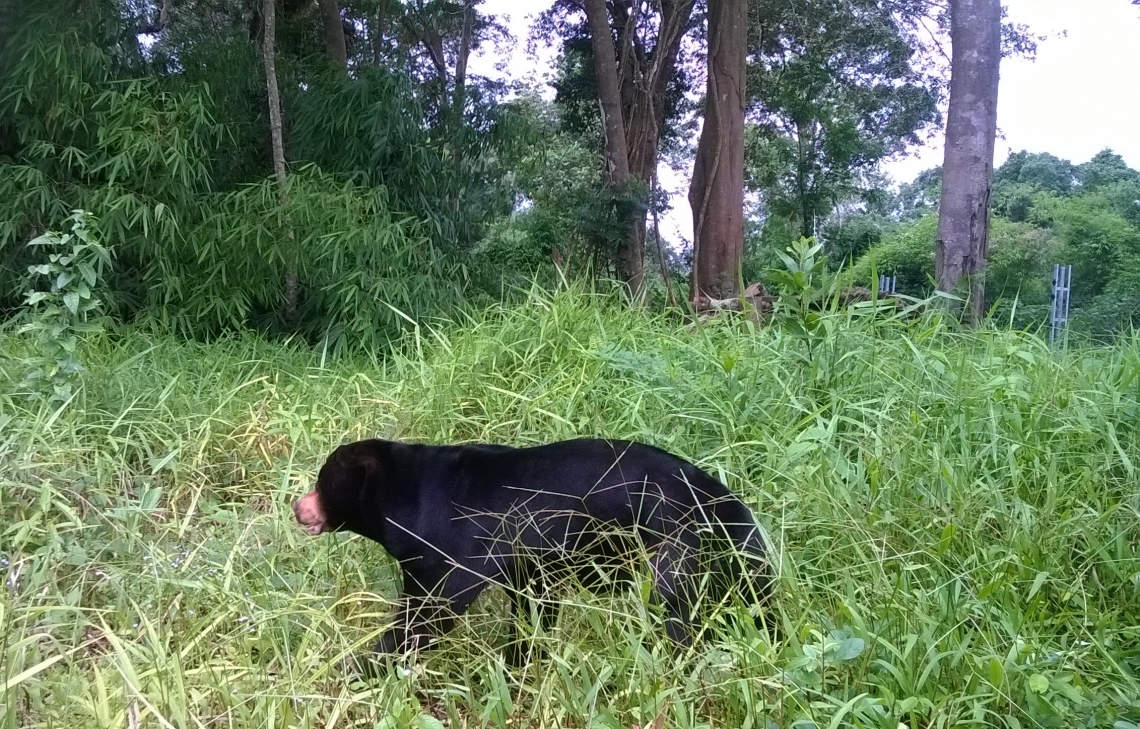
Sun bear_H malayanus_Free the Bears facility Cat Tien Vietnam_M Schneider
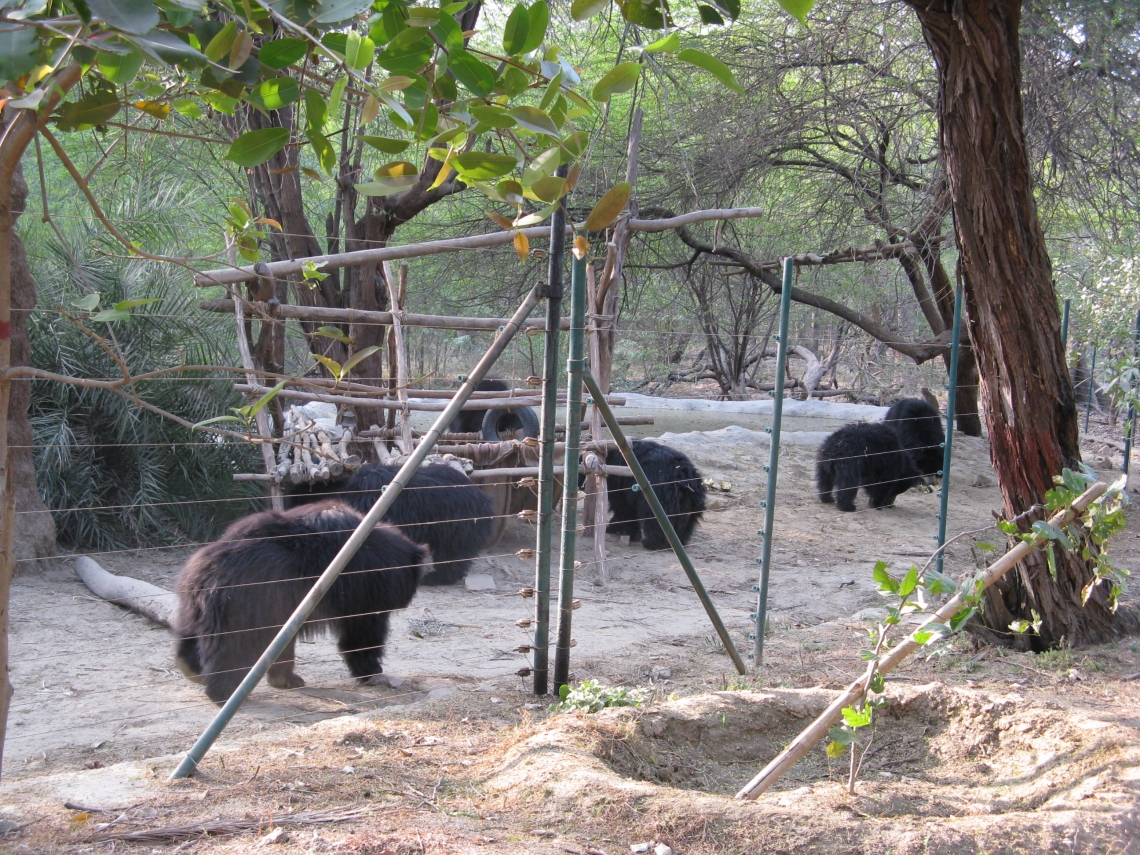
Sloth bear_M ursinus_Wildlife SOS facility Agra India_L Kolter
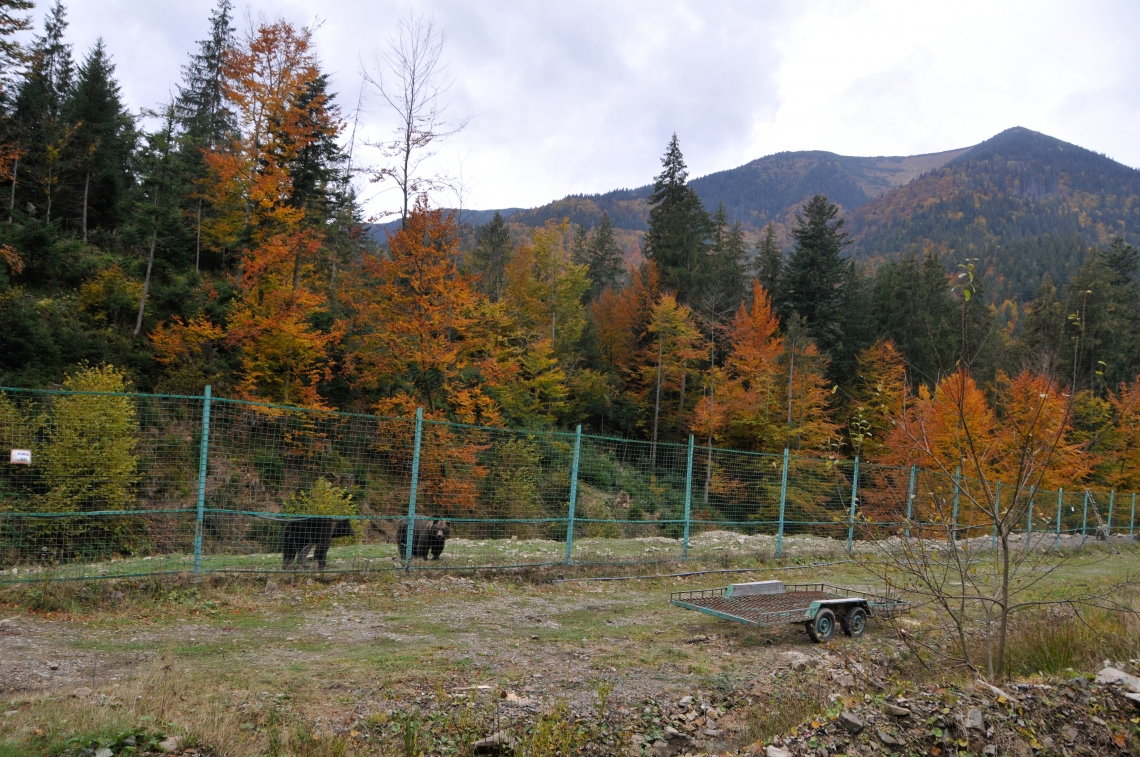
Brown bear_U arctos_facility in Synevir National Park Ukraine_M Shkvyria
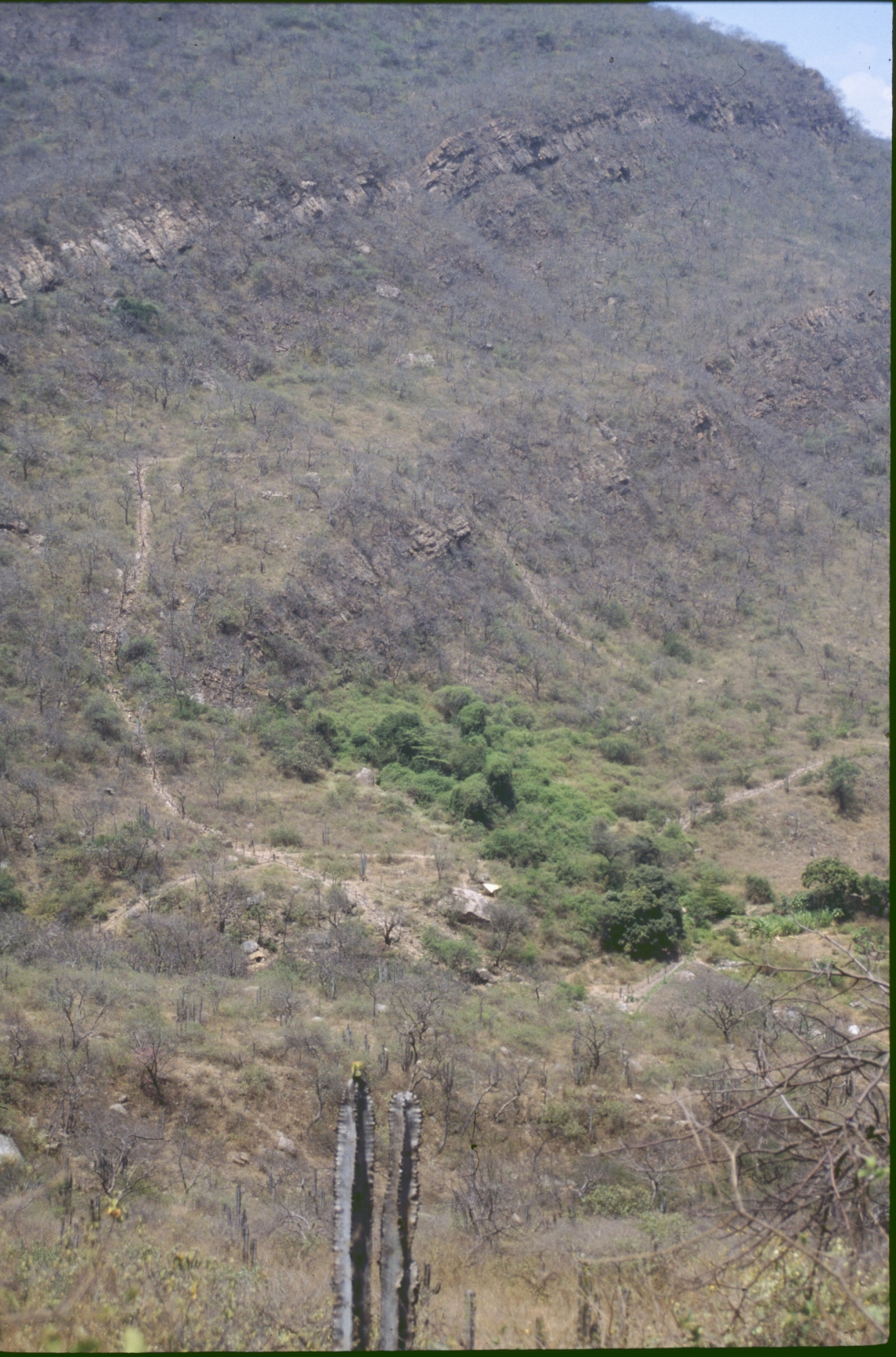
Andean bear_T ornatus_facility in Chaparri Peru_dry season_L Kolter
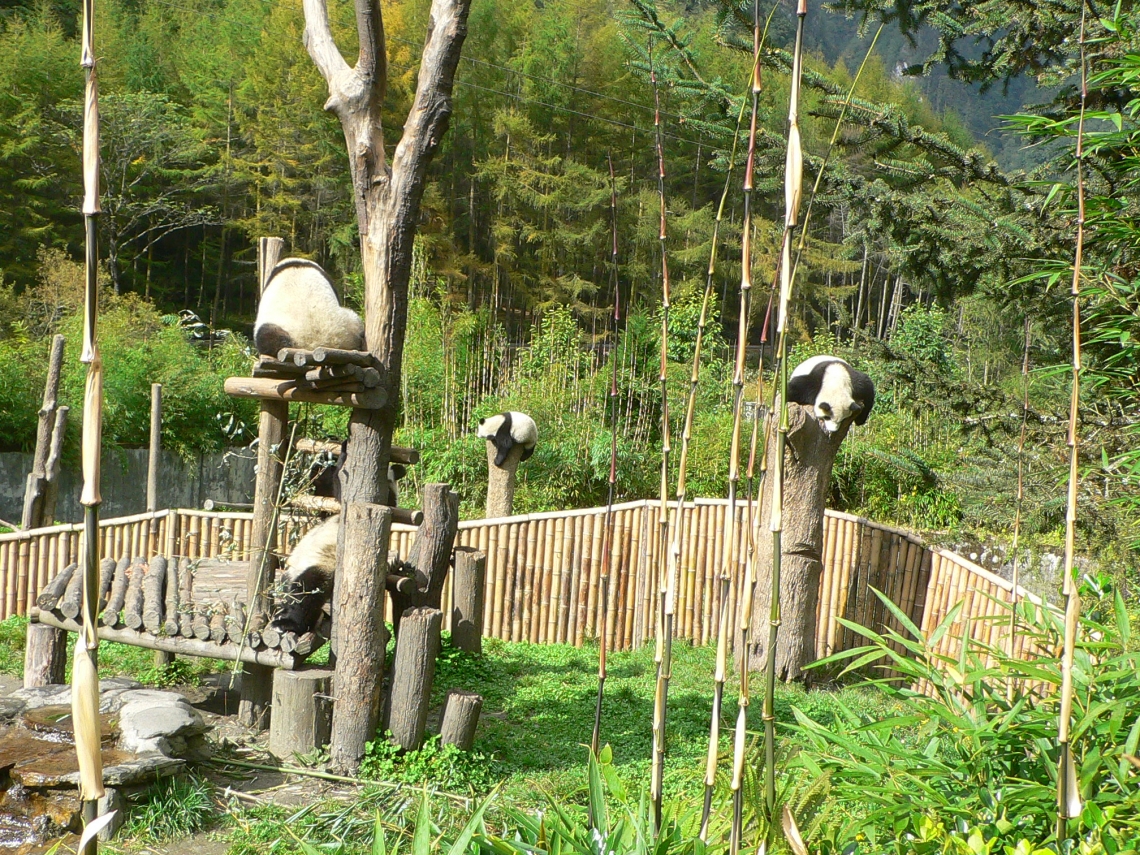
Giant panda_A melanoleuca_Wolong Panda Center Sichuan China_D Garshelis
Populations on bile farms: The largest number, by far, of captive bears reside on government approved bile farms in China. All are Asiatic black bears. The actual number has not been disclosed by the Chinese government, but is believed to exceed 15,000 bears (only some of which are bile-extracted) on 67 farms, and is growing through captive breeding. Smaller numbers of Asiatic black bears exist on farms in South Korea (~360), Vietnam (~300), Lao PDR (~100), and Myanmar. Some bears from closed farms in China and Vietnam have been moved to rescue centers, and the same is planned as farms are forced to close in South Korea over the next few years.